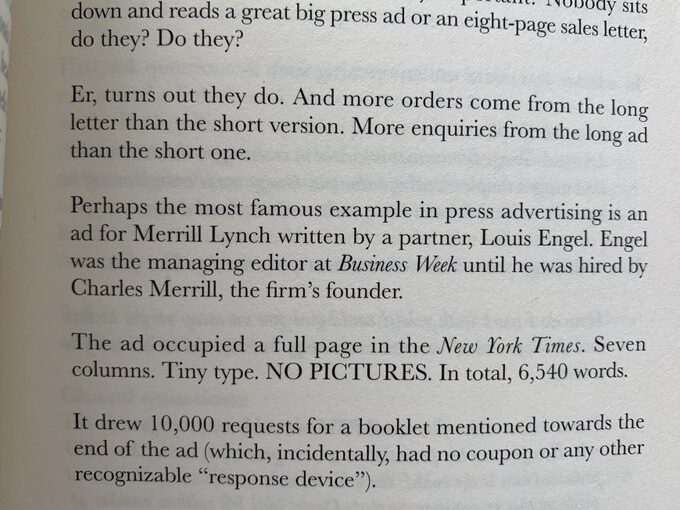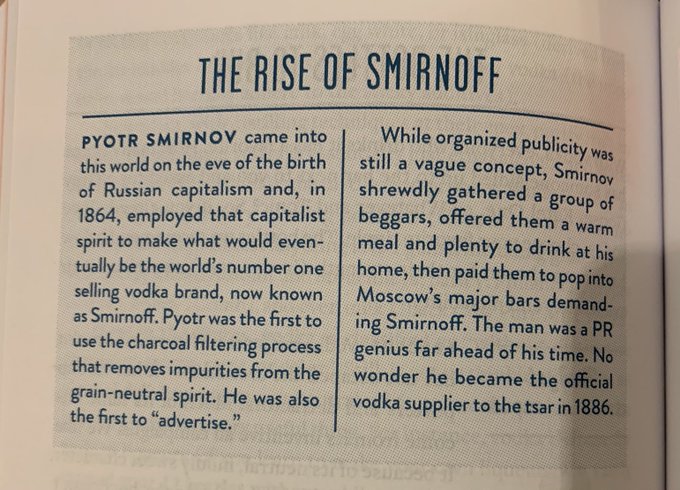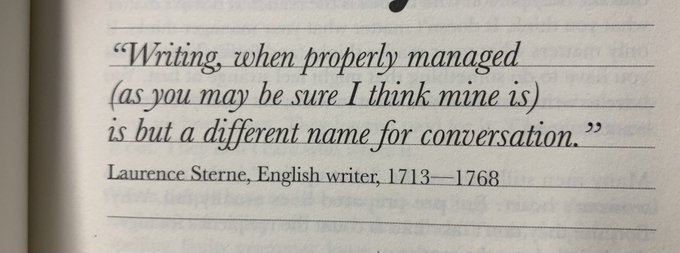More than 22 million UK citizens, about one-third of the population, have invested over £68 billion in premium bonds despite the interest rate they offer is well below that offered by other savings products. The reality is, unless you win one of the very large prizes, you will be worse off holding premium bonds than investing elsewhere.
So why are they so popular? It’s down to uncertainty. Uncertainty creates more positive, exciting experiences. We get excited by the unknown. Uncertainty increases one’s investment of effort, time, and money in pursuing rewards—even when the outcome is likely to be worse than more certain alternatives.
Excerpt from: Product Gems 2: 109 Science Experiments That Demonstrate How to Build Products People Love by David Greenwood





























